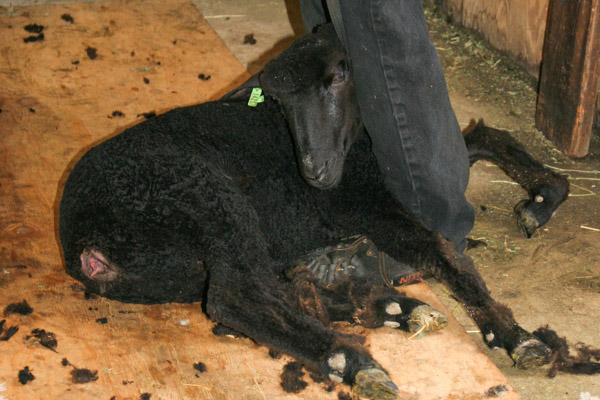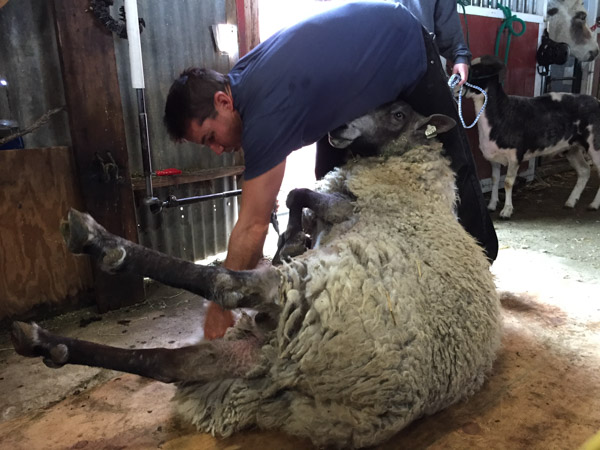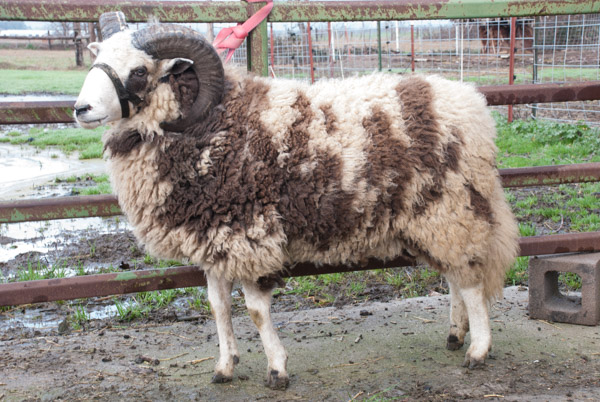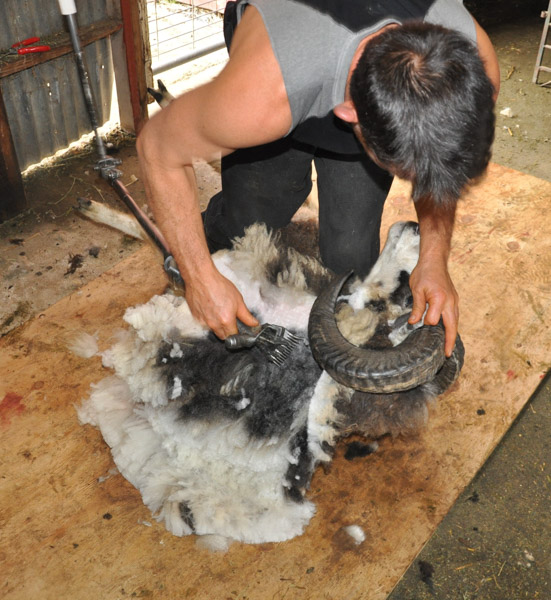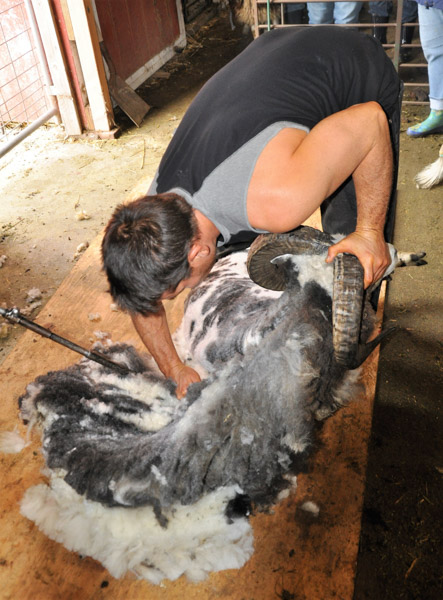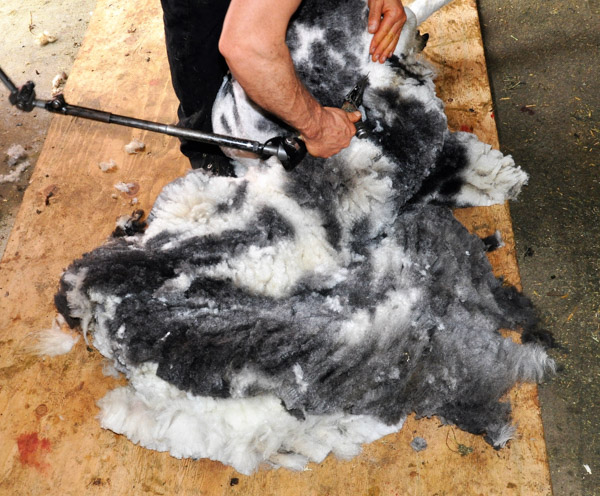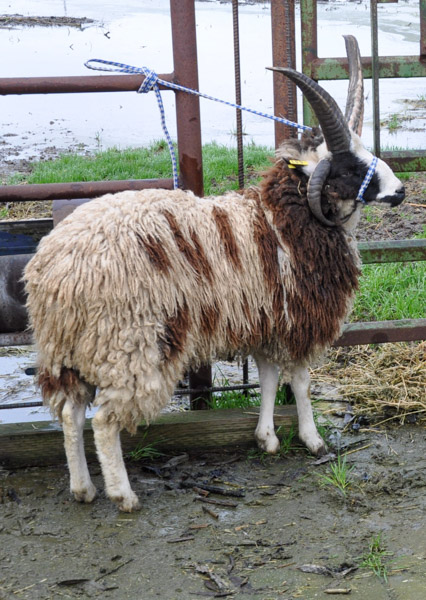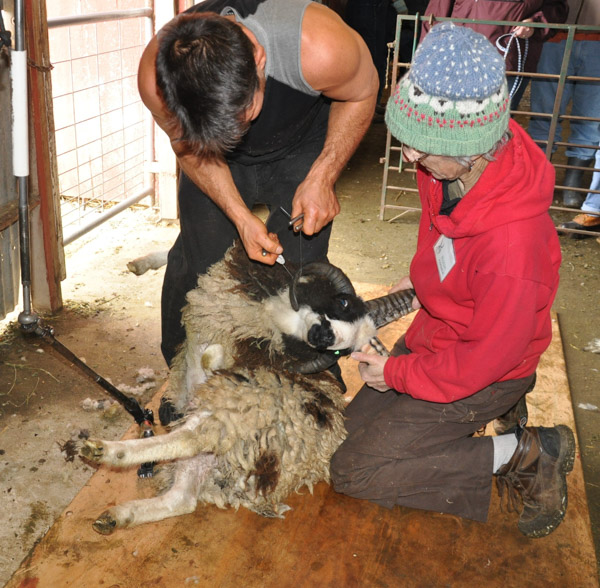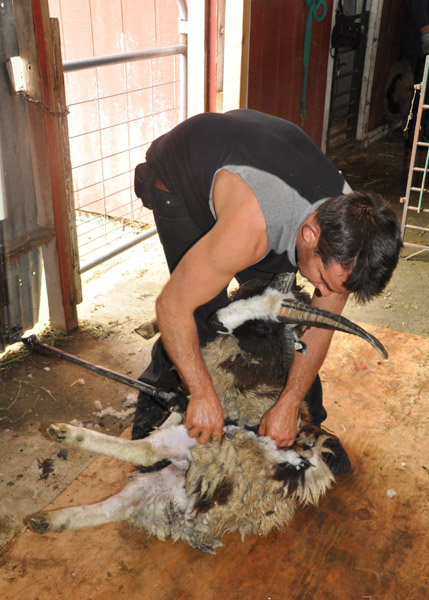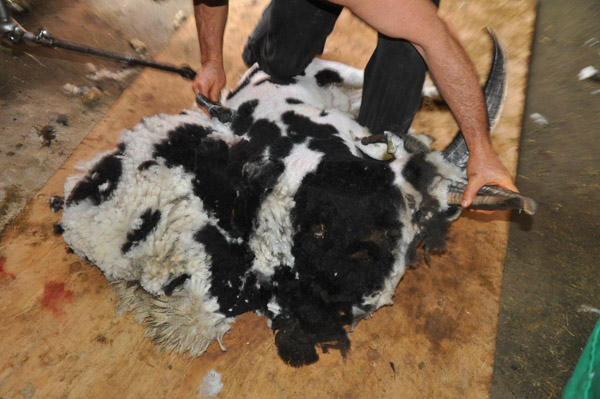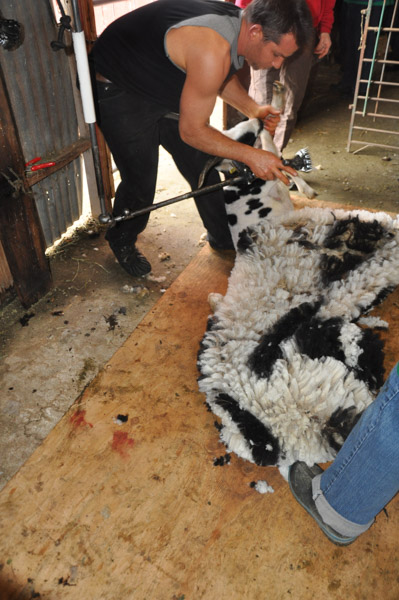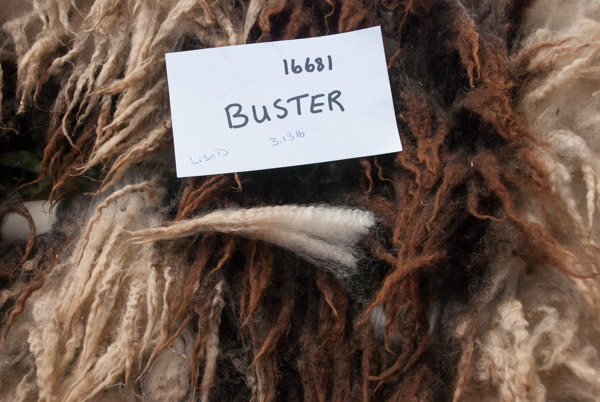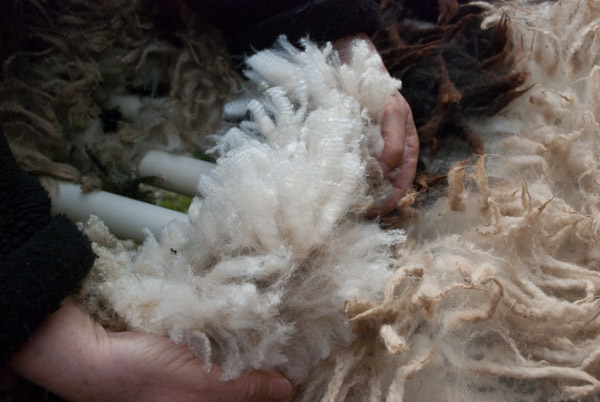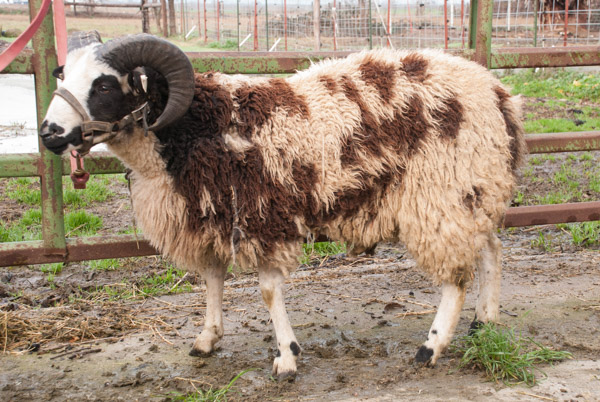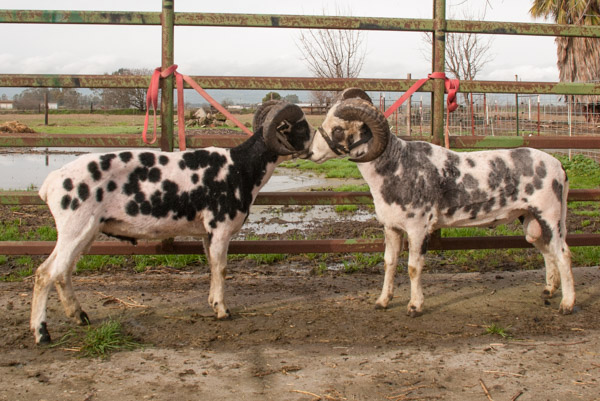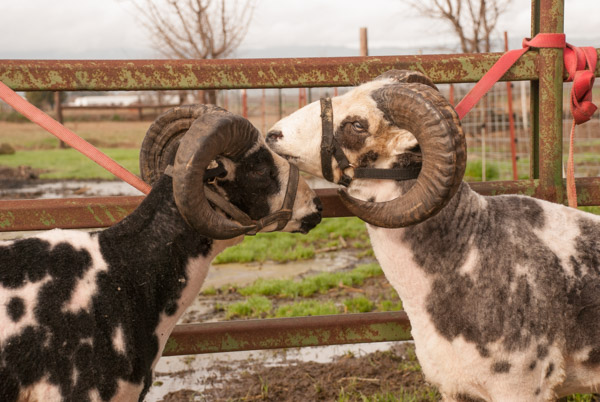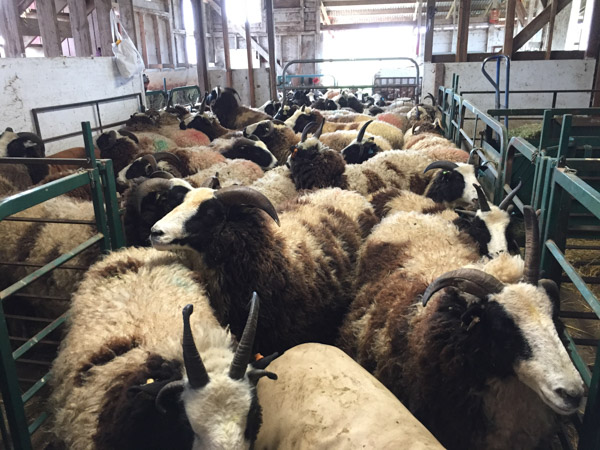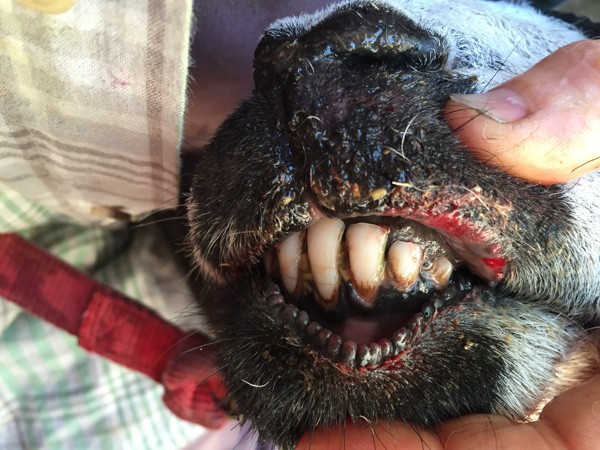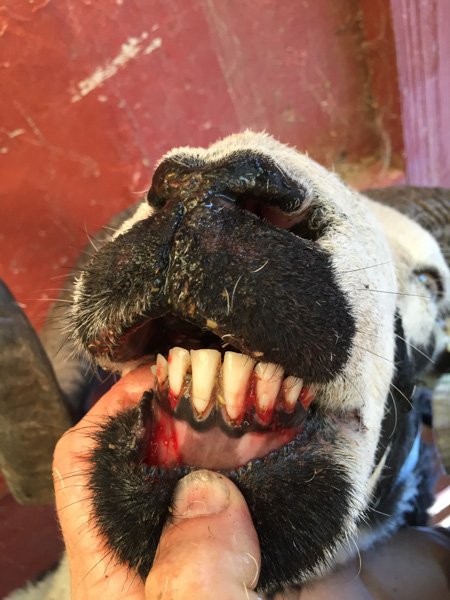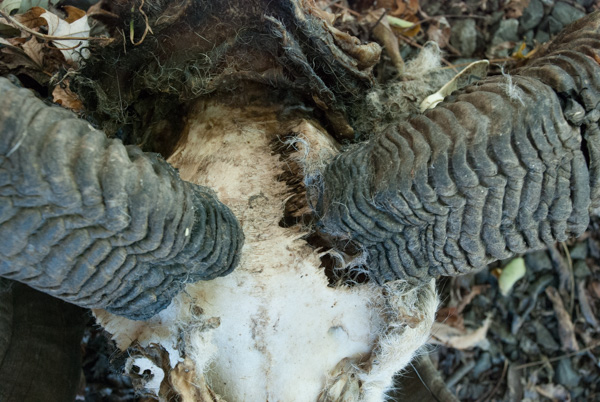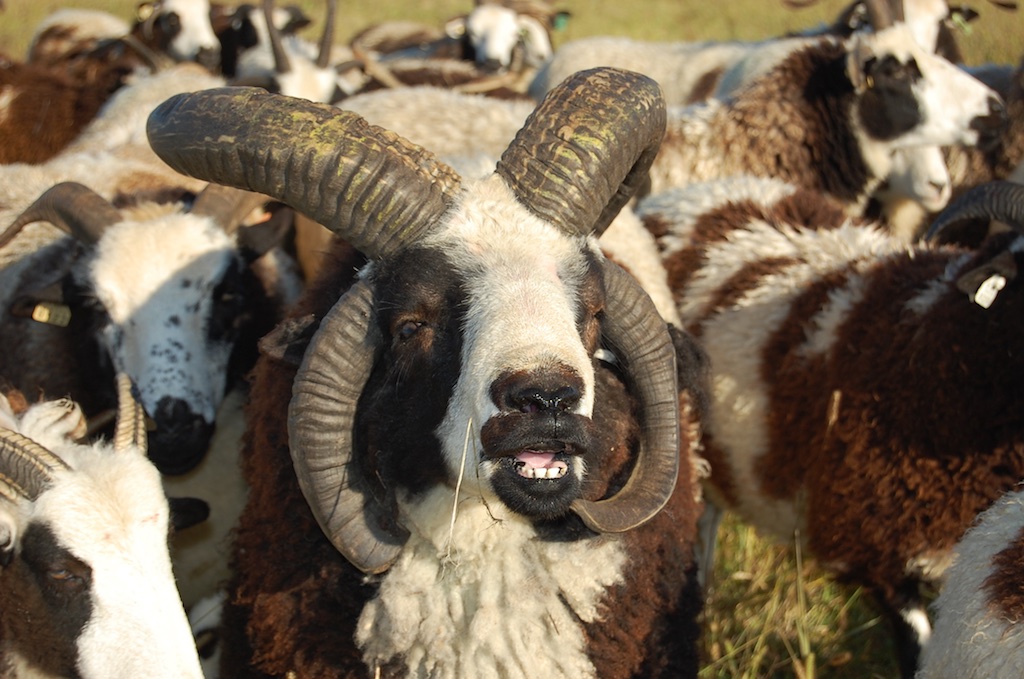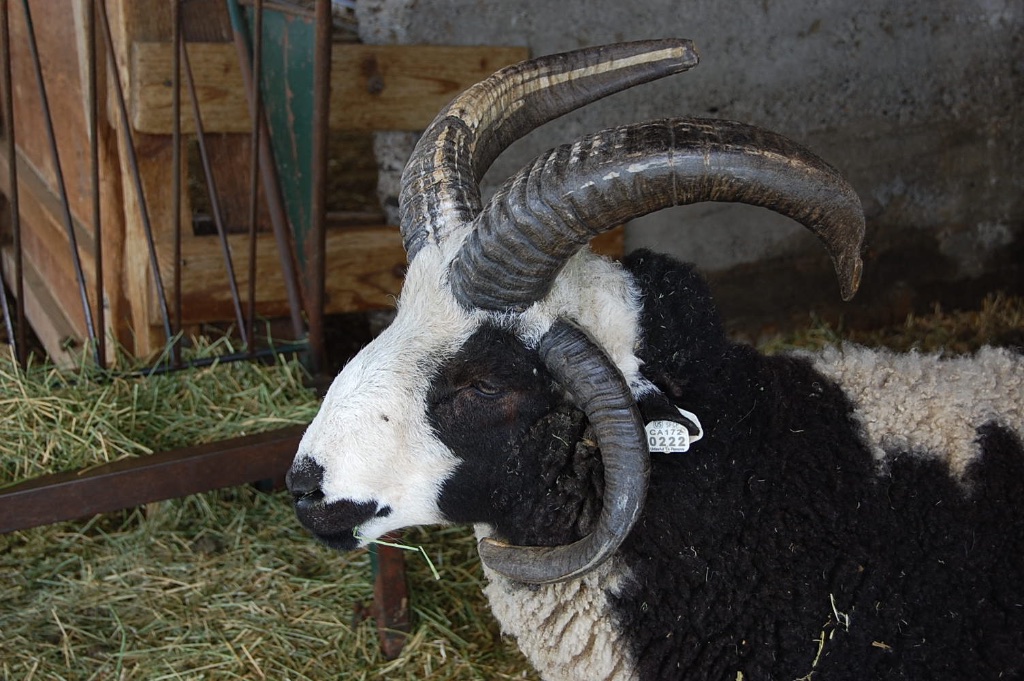We all have to make difficult decisions at times. I was in that position last month about a ram I had bought only a couple of months previously. Today I had confirmation that I made the right call. WARNING: There are some yucky photos part way through this post.
I wrote this blog post about the trip to pick up a new ram in early August. I have looked through my photos and can't find a "before" photo of the left side of Legolas. This is the one that was posted on Facebook by the seller:

In early September I noticed that his horn looked like this on the left:

That left horn is touching his face. I knew that the horn wasn't like that when I bought the ram and I was amazed that it could grow so fast that in a month. There was no obvious sign of damage. I had noticed flies around his horns, but again, no sign of blood or a wound. With the horn that close to his face it would be a problem if it continued to grow that direction, putting pressure on the jaw. Even if it didn't grow more there would be continued skin irritation at the point of contact.
A few days later I caught Legolas to figure out what to do about that horn. I couldn't even get my finger between the horn and the jaw. Here is what surprised me. When I held the horn not only did it move, but I could see movement in part of the skull where the horn was attached. Yikes!

Behind the horns I found a small opening, which got a little bigger as I scrubbed with hydrogen peroxide. This had been covered with hair and really wasn't visible until I started cleaning up around it. I could squeeze out a little bit of pus but not very much. There was minimal blood or drainage and the edges of that wound looked already healed over, just not healed together to close up the pocket.

I could move the horn (and skull) so that there was a little space between the horn and the jaw, so I tried to anchor the horn in place with duct tape and wire attached to the other horn. (This was the most mild-mannered ram I've ever worked with.)

This is all the progress that was made by that--not much but better than touching the jaw.

That pink stuff is Swat to keep flies away. As I was working on this I was thinking that I didn't remember these rams fighting, but that would be the only way to account for this injury. At the time I think I just had Catalyst and Marv in the ram pen. When I first brought this ram home I used the "buddy-up" pen, a very VERY small pen where the rams can tussle with each other but not move backwards and run at each other. They usually fight in this small pen where they can barely turn around and when they move to the big pen after a couple of days they mostly behave themselves. They may still posture and fight but hopefully they quickly figure out the hierarchy and the hitting isn't as violent.
I looked back through my videos and found one of Catalyst (another two-horn ram) and Legolas making some pretty hard hits. Then I remembered that a few days after I moved them all out to the ram pen I was worried about Legolas. He seemed "off", shaking his head and not eating much. Nasal bots will make sheep very uncomfortable.
